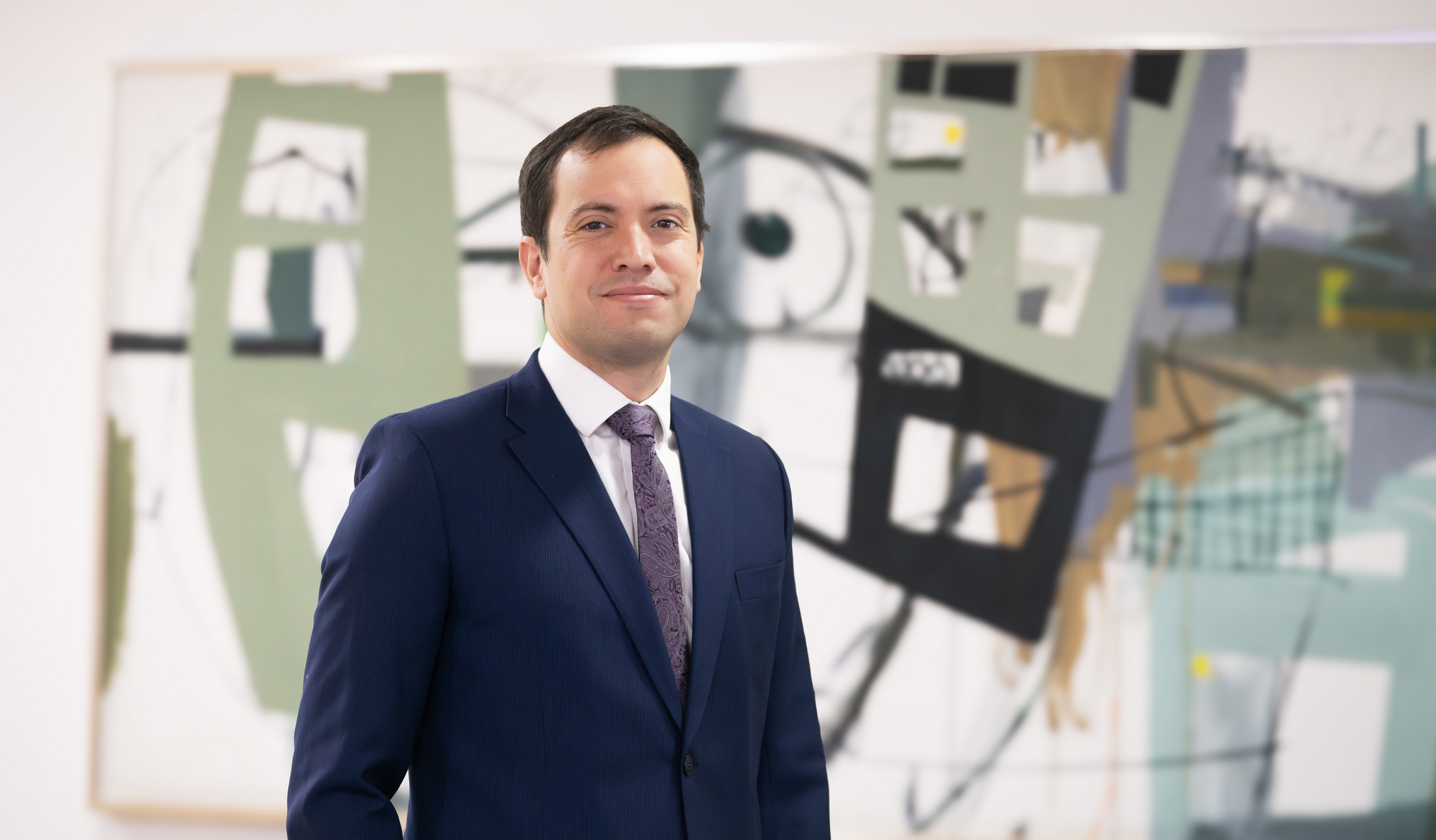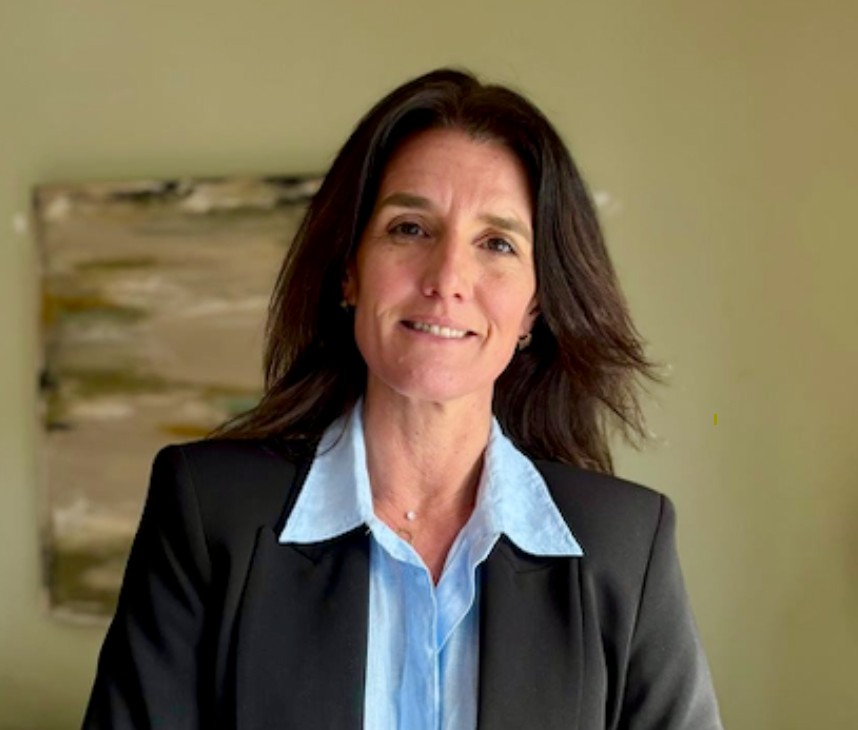FlexFunds and Funds Society, through their Key Trends Watch initiative, share the perspective of Pablo Méndez, Chief Investment Strategist at LarrainVial, one of the leading financial advisory firms in Latin America. With a 90-year track record, the firm operates in Chile, Colombia, Peru, Panama, Mexico, Bolivia, and the United States, and holds key partnerships with investment managers in Europe.
Pablo Méndez has been part of this financial institution for over a decade. Today, he leads the Investment Strategy team and stands as a key figure in the evolution of high-level wealth advisory. A business engineer from Universidad Diego Portales with a master’s degree in Global Finance from NYU, Méndez represents a new generation of leaders in wealth management: one that combines strong academic background, strategic vision, and a deep commitment to personalized service.
Designing strategic solutions
The LarrainVial Strategy team develops both liquid and alternative investment solutions for high-net-worth clients. “Our model is similar to the Portfolio Solutions model in the U.S.: the banker manages the client relationship, but we design and coordinate the investment strategy,” he explains. In a context where financial margins are tightening and services are becoming more standardized, Méndez highlights that “the real differentiator remains the service.” Despite technological advances, he insists that “people are looking for a face, a relationship, and professional support. Technology doesn’t replace that.”
Fixed income and alternatives: Current portfolio pillars
Asked about current portfolio composition, Méndez identifies two key pillars: “In the liquid space, fixed income has regained prominence, with higher rates offering an attractive risk-return profile. In alternatives, we’ve developed programs aimed at generating decorrelation (hedge funds), stable cash flow (credit alternatives), and capital appreciation (private equity).”
Today, 28% of LarrainVial’s wealth management assets are allocated to alternative investments. Still, Méndez acknowledges an excessive concentration in local private debt and real estate, and sees expanding exposure to global and diversified assets as a major challenge.
When asked about the biggest obstacle to capital raising or client acquisition, he notes the industry is reaching maturity: “There’s no longer a large mass of underserved clients—what’s left are specific segments that are more sophisticated and demanding. Also, services tend to become standardized, which makes it even harder to stand out.”
Another relevant challenge is scaling the service without losing personalization: “It’s almost a paradox because scaling usually implies some standardization, and that can go against the individualized experience clients value. Striking that balance is a top priority.”
What do clients prioritize when investing today?
Institutional reputation and experience come first. Then, depending on their profile, clients value either technical expertise or the ability to translate that knowledge into an accessible language. In both cases, service quality is key.
For Méndez, personalization is more important than the product itself: “Closeness, real understanding of the client, and delivering tailor-made solutions are the elements that create a sustainable competitive advantage.”
The advisor as strategist: Skills that will make the difference
In his view, the financial advisor of the future won’t just be a technical analyst, but a strategic interpreter able to turn data into decisions aligned with the client’s real goals.
“The industry is moving toward a new talent configuration. On one hand, we need profiles with technical mastery—data science, automation, software management—especially in operational areas. But what will make the difference is the ability to abstract,” he says. “The key is to be able to step out of the party and look at it from above: see the big picture, understand the environment, and make informed decisions.”
This approach translates into deeply personalized wealth advice: “Before discussing markets or products, we need to understand what that person or institution wants to achieve. From that objective, we build a portfolio that aligns with their actual needs and constraints,” Méndez explains.
Although there are standardized solutions by profile—whether including alternatives or not, in local currency or dollars, conservative or aggressive—the real value lies in adaptation: “Advising a foundation with high real estate exposure in Latin America is not the same as working with a globally focused family office. Our job is to design strategies that consider that starting point and evolve over time.”
Technology: Embracing efficiency without losing human focus
On the impact of technology in the industry, Méndez is clear: “Artificial intelligence plays a fundamental role in processes and back office, but its usefulness in investment decision-making is limited by the efficiency of financial markets.”
He also points out a transformation in team structures: “The pyramid is being inverted. We used to have many data processing profiles; now we need more people who can think abstractly and make strategic decisions.”
According to Méndez, one of the clearest trends set to transform portfolio management in the next 5 to 10 years is the growing importance of alternative investments. These assets will continue to grow, as long as they remain well-aligned with clients’ goals. There is increasing demand for solutions that offer real diversification, decorrelation, and long-term investment horizons.
“On the other hand, we’ll see a significant evolution in how financial institutions integrate technology. Automation and artificial intelligence are freeing up resources previously tied to operational tasks, allowing that human capital to be redirected toward higher value-added areas like client service and strategic decision-making.”
In asset management, this doesn’t mean replacing the advisor—it means redefining teams. The human role remains central, especially in wealth advisory, but the required profiles are changing: more analytical capacity, strategic thinking, and tech-savvy professionals. It’s a reconfiguration process that is already underway.
What sets LarrainVial apart from its competitors?
“Being a non-bank firm gives us the freedom to innovate,” Méndez notes. “We can pursue internal ventures, create independent solutions, and report directly to senior management. Our only mandate is to generate returns and value for the client.”
This approach has already earned recognition. In December 2024, The Banker and PWM awarded LarrainVial as Best Private Bank in Chile, and its Strategy team as Best Chief Investment Office in Latin America.
Interview conducted by Emilio Veiga Gil, Executive Vice President of FlexFunds, in the context of the Key Trends Watch by FlexFunds and Funds Society.




